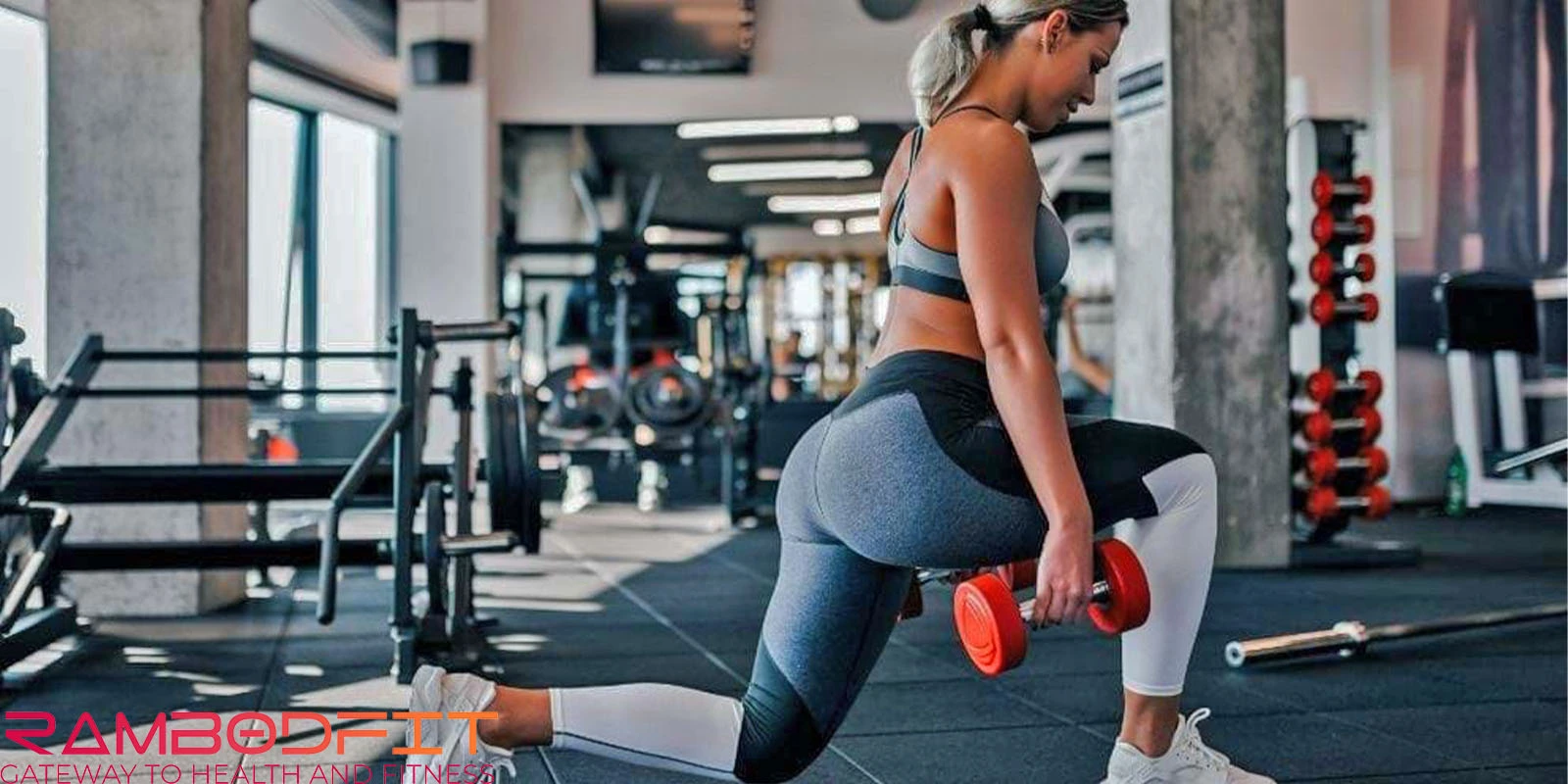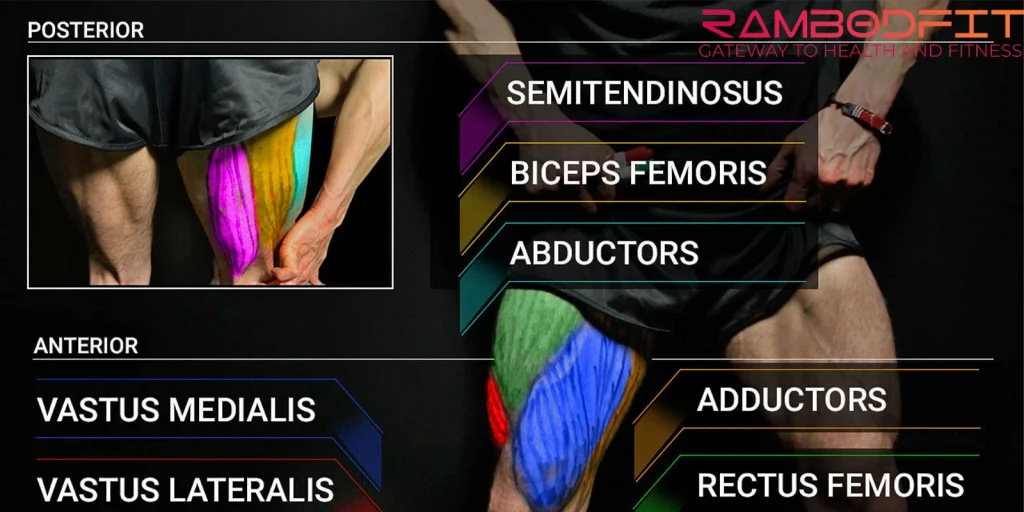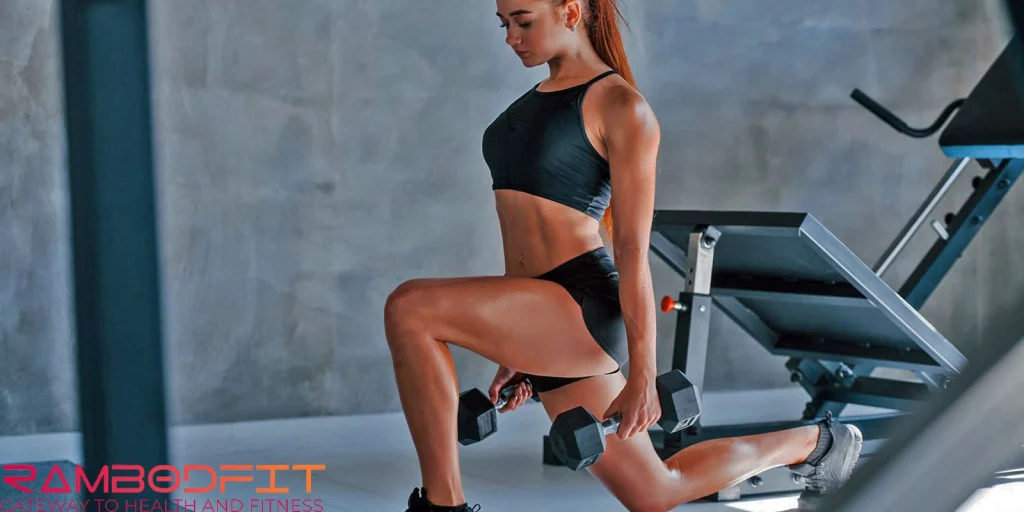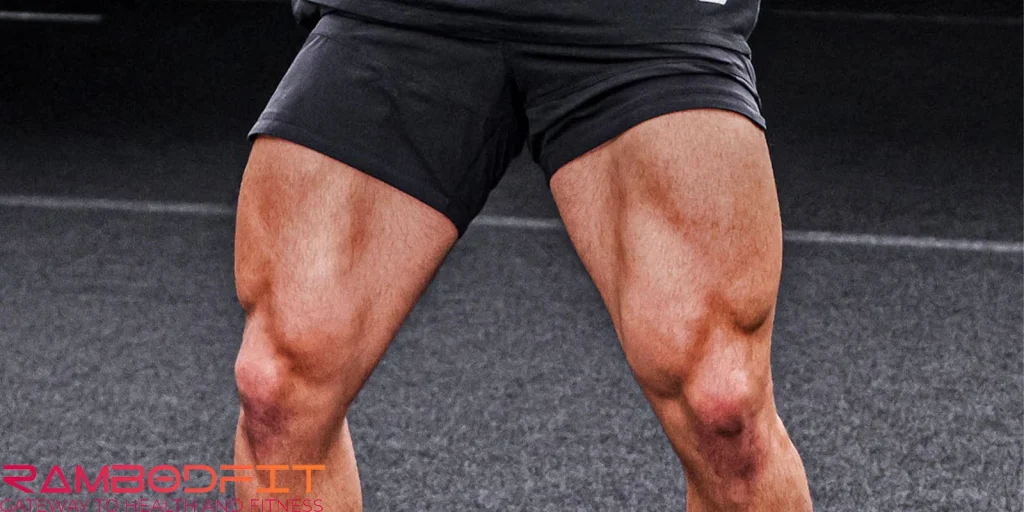


Building a muscular and well-developed leg is surely necessary for people to have a balanced physique. However, the challenging question is what are the best number of sets for the leg to grow per week? Here on RambodFit, we will explore science-based answers to this question.
As an expert in exercise physiology and an experienced bodybuilder, I must confess that leg days are always challenging and most people including me to be honest, have skipped this important day so many times. Maybe by knowing the science behind leg day and knowing the number of sets for the leg to grow per week, we can prevent that.
My purpose in this article is for you to learn how to train your legs wisely and scientifically, so by doing that you will experience growth and you will create a balance in your training plan so that you don’t need to skip this day anymore.
Table of Contents

As we explained in other related articles on this website, volume plays a significant part in muscle growth, and knowing the right number of sets for the leg to grow per week, can help athletes achieve maximum hypertrophy(muscle growth).
The suitable number of sets for the leg to grow per week is a little different from other muscle groups in the body because the leg contains different muscle groups which we are going to explain shortly.
As said before, volume means (sets x reps x load) and it is vital for muscle growth. Before we expand this subject we have to learn the anatomy and biomechanics of the leg muscles.
The legs are made up of several major muscle groups, each with unique functions
Training all of these muscles requires a combination of compound and isolation movements, varying angles, and sufficient weekly volume.
Knowing the anatomy and biomechanics of every muscle you will be able to train that specific muscle properly.
Now to know exactly which leg muscles should we train and the number of sets for the leg to grow per week, let’s break down the muscles of the leg and explain them.
1. Quadriceps
The quads are heavily involved in knee extension exercises, like squats and lunges. Also, there are 4 muscles that the quadriceps has including vastus medialis, vastus lateralis, rectus femoris, and vastus intermedius.
The optimal number of sets for the leg to grow per week, especially the quadriceps is something between 12 to 20 reps depending on the experience and the goal can be different.
The best Exercises for the quadriceps are different kinds of squats with barbells or any other gym equipment that creates some kind of resistance. Also, Bulgarian split squats, lunges, leg presses, and leg extensions are beneficial for the quadriceps to grow.
Depending on the angle and the movement you can focus on different parts of the quadriceps muscles and grow them like you never used to before.
2. Hamstrings
The hamstrings respond well to both hip extension (e.g., deadlifts) and knee flexion (e.g., leg curls). The hamstring muscles include the biceps femoris, semitendinosus, and semimembranosus
For the hamstrings, the best number of sets for the leg to grow per week is between 10 to 16 reps. Movements like leg curl and Romanian deadlift are key for hamstring growth and they can respectively lead to well-developed muscles.
3. Glutes
The glutes are highly active in hip extension and stabilizing movements. They often require additional focus to grow optimally. The Gluteus maximus (the largest and thereby strongest muscle in the body), gluteus medius, and gluteus minimus are the 3 main muscles of the glutes.
The optimal weekly Volume for the glutes is 12–20 sets per week which can be divided into different days, however, women care more about the glute muscles and they may train it more.
The best exercises for the glutes are hip thrusts, step-ups, sumo deadlifts, and cable kickbacks.
4. Calves
Calves are notoriously stubborn and require higher volume and consistent training to grow due to their high proportion of slow-twitch muscle fibers. The gastrocnemius and soleus are the muscles of calves and they should be trained in different angles.
• Optimal Weekly Volume: 15–25 sets per week.
• Best Exercises:
• Standing calf raises
• Seated calf raises
• Donkey calf raises

Training legs 2–3 times per week is optimal for most people. Splitting your weekly volume across multiple sessions helps avoid excessive fatigue in any one workout while allowing you to maintain intensity and focus on proper technique.
For example:
Intensity and Rep Range
What Rep Ranges Are Best for Leg Growth?
Leg muscles respond well to a variety of rep ranges:
Incorporate a mix of rep ranges to maximize overall leg development. Remember that the number of sets for the leg to grow per week is not everything necessary for growth. You should know training factors like intensity and frequency to have the best training plan.
Avoiding Overtraining and Ensuring Recovery
Doing too much volume without proper recovery can lead to overtraining, which hinders muscle growth and performance.
Signs of Overtraining:
Recovery Tips:

1. Recovery Capacity
Sleep, nutrition, and stress levels influence how well you recover. Poor recovery means you may need to reduce volume or frequency.
2. Training Experience
Beginners should start with a lower volume to master form and avoid overtraining, while advanced lifters may need a higher volume to keep progressing.
3. Goals
If your focus is strength, prioritize heavier loads with lower volume. For hypertrophy, aim for moderate weights with higher volume.
4. Genetics
Some people naturally have stronger or more responsive leg muscles and may need less volume, while others may need to work harder to stimulate growth.
Day1
| barbell squat | 12.10.8.8 |
| leg extension | 3 drop(8.10.12) |
| Bulgarian split squat | 3.12 |
| calf raise | 4.25 |
Day2
| Romanian deadlift | 4.12 |
| leg curl | 12.10.8.8 |
| leg abductor machine | 3.15 |
| hip thrusts | 4.10 |
This is just a simple sample, for training more professionally contact us for an online training and diet plan.
To have a beautiful and well-developed leg muscle, you should train wisely and have a proper lifestyle. The number of sets for the leg to grow per week isn’t everything you need, you should be patient and have a proper plan to get the best result possible.
With these strategies, you’ll be well on your way to building strong, muscular legs. Stick to the plan, be consistent, and just start.
For more practical information about exercise, check the links below:
Doing the needed number of sets for the leg to grow per week is necessary, however, doing it separately will help you to manage your time and not get tired during training.
It is possible but not optimal. It is better to do leg sessions 2 or 3 times a week.
Not necessarily. Compound movements like squats, deadlifts, and lunges target multiple muscles at one time. However, isolation exercises like leg extension and hamstring curls can cause a better balance in the leg posture.
Also, I should mention that this strategy is related to the individual’s purpose and lifestyle.